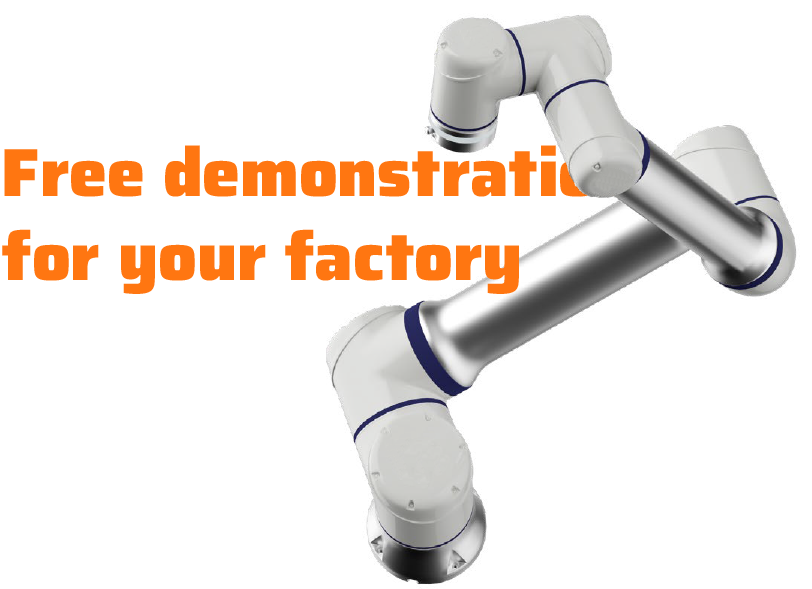In recent years, there has been a significant rise in the development and deployment of Autonomous Mobile Robots (AMRs) in smart factories across various industries. Explore the world of AMRs in this article and learn how they can revolutionize the way your business operates by enhancing efficiency, productivity, and safety.
TABLE OF CONTENTS
What is AMR?
Autonomous Mobile Robot (AMR) can be considered as a new generation AGV robot. This is a type of self-propelled robot that utilizes technology to automatically determine its path and possesses the ability to identify and maneuver around obstacles during its journey without requiring direct supervision by humans.
AMRs are material-handling robots, used in an automated warehouse with the primary function of choosing, picking, and transporting goods.
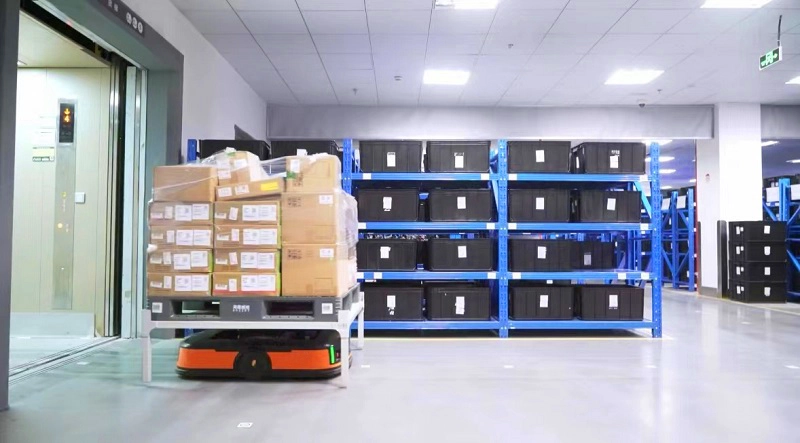
To know more about AMR, read the article: What is AMR? 3 things you need to know about Autonomous Mobile Robot
AGV vs. AMR – What’s the difference?
AGV (Automated Guided Vehicle) and AMR (Autonomous Mobile Robot) are both types of robotic systems used for material handling and transportation in a smart factory or warehouse. While there are key differences between AGV and AMR, what sets AMR apart from its predecessors is the level of autonomous robotic navigation.
Unlike AGVs that rely on predefined routes, usually marked by wires or magnetic tape, AMRs use onboard sensors, cameras, and advanced algorithms to autonomously navigate and adapt to dynamic environments in real-time.
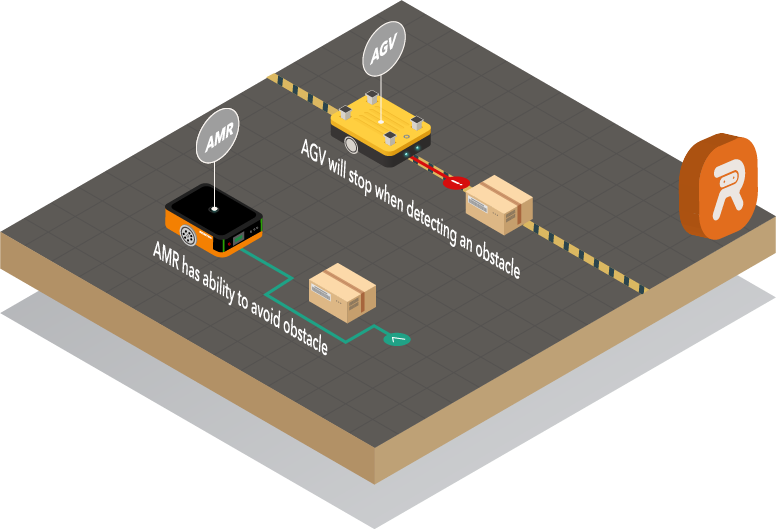
When confronted with unexpected obstacles, AGVs lack the capability to navigate around them, they simply stop and wait for human intervention. AMRs, conversely, can make real-time decisions to stop or reroute based on split-second interpretation of their sensor data, completing assigned tasks regardless of interference. This level of autonomy empowers AMRs to operate around the clock, ensuring seamless 24/7 operations.
For more detailed differences between AGVs and AMRs, read the article: AGV vs. AMR – What’s the Difference?
How do autonomous mobile robots (AMR) work?
To be able to avoid obstacle, navigate through their environment or even handle unexpected situations, such as falling objects, boxes or unanticipated crowds, AMR is equipped with advanced technologies, including artificial intelligence, machine learning, and sensors.
Navigation Systems: AMRs use various navigation techniques such as QR code navigation or simultaneous localization and mapping (SLAM) to create a map of their environment and navigate autonomously.
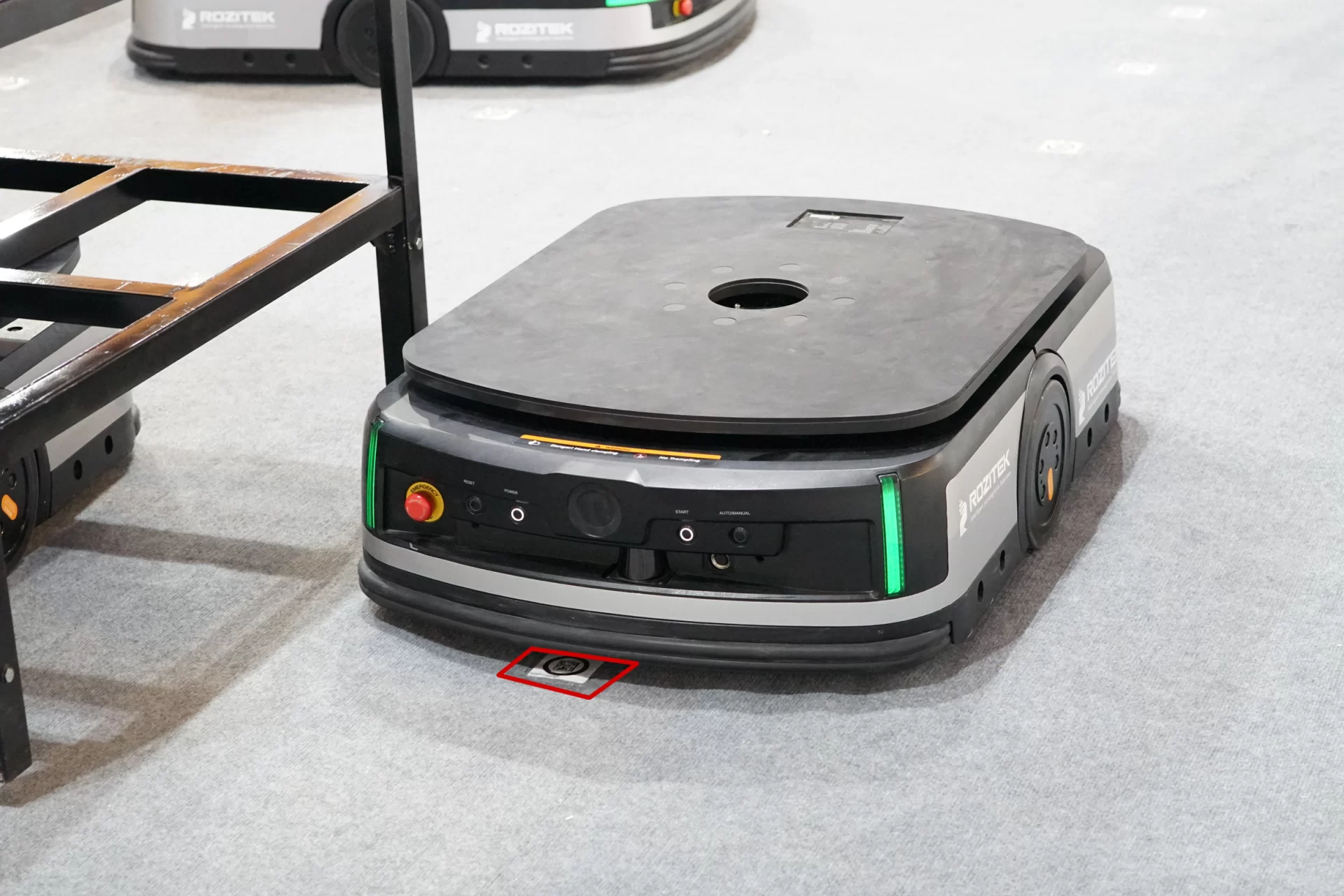
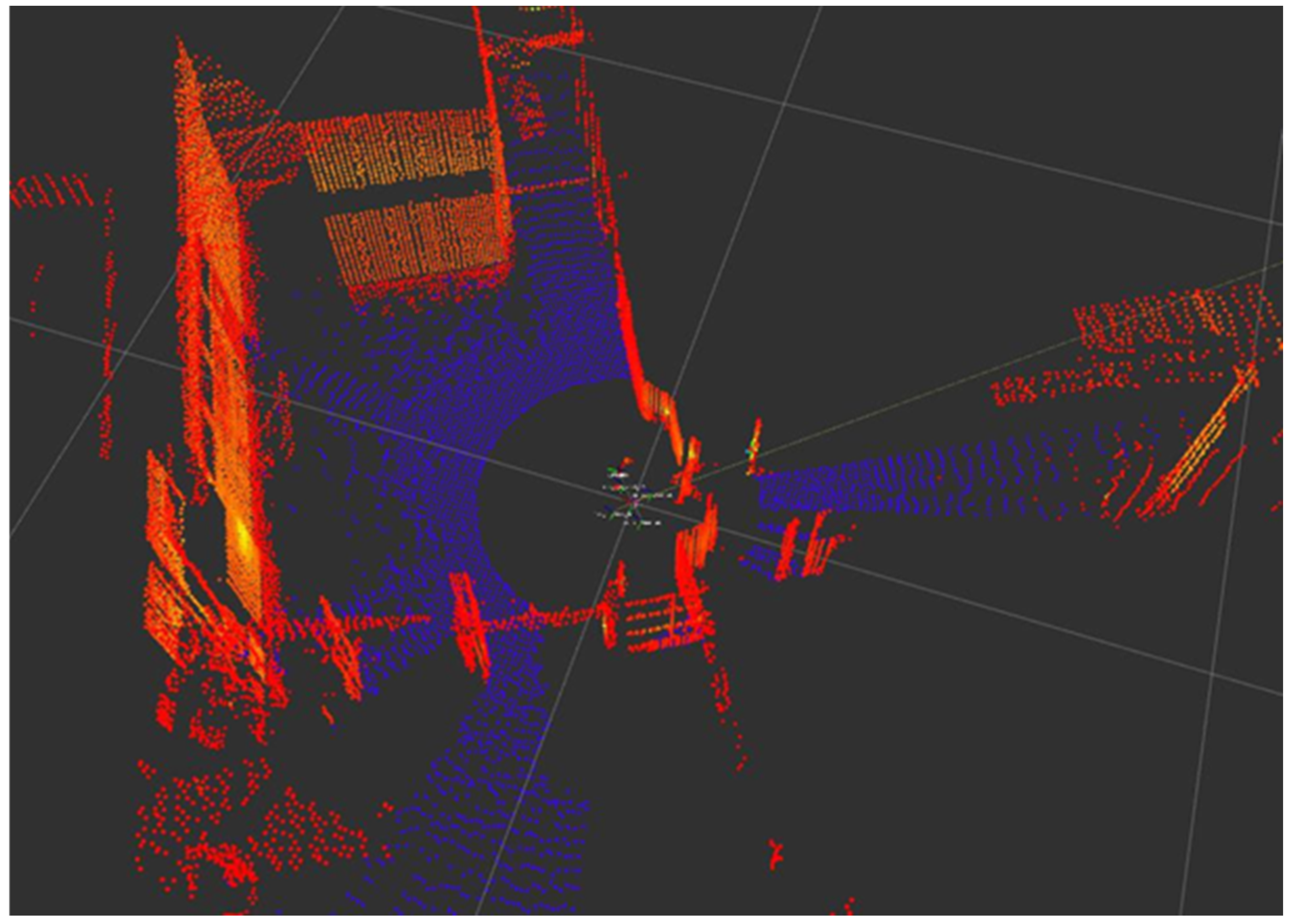

Discover more about navigation technique to decide the right type of AMR for your smart warehouse: Comparing Mobile Robot Mapping and Navigation Methods
Sensor Technology: AMRs are equipped with sensors such as LiDAR, ultrasonic sensors, cameras, or proximity sensors to detect obstacles in the robot’s surroundings. When an obstacle is detected, the AMR can change its direction, slow down, or stop in real-time to prevent a collision.
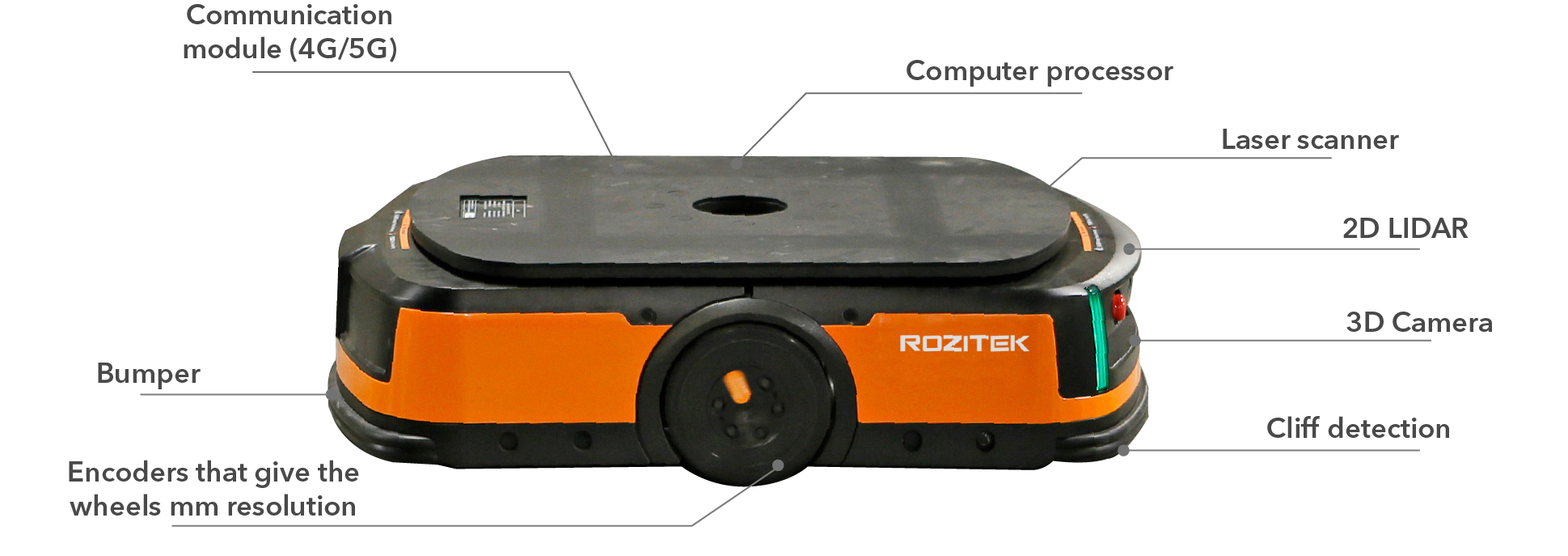
Control Systems: Depending on their application, AMRs can be equipped with various control algorithms to govern the behavior and motion of robots. Some common types can be mentioned are the PID (Proportional-Integral-Derivative) controller, the model predictive control (MPC), …
Autonomous Mobile Robot’s (AMR’s) Applications in various industry
Autonomous Mobile Robots (AMRs) have a wide range of applications across various industries. Here are some notable examples:
Manufacturing processes often involve repetitive tasks such as material handling, transportation, and assembly. AMRs excel at the automation of these repetitive tasks, reducing the need for manual labor and increasing efficiency.
In addition, manufacturing environments may also involve hazardous conditions. AMRs can ensure safety by replacing humans in hazardous tasks involving heavy machinery, sharp objects, or toxic substances.

The 3C industry involves intricate assembly processes with numerous components and delicate electronic parts. AMRs can be programmed to handle and transport these components with precision, reducing the risk of damage or errors during assembly.

Moreover, since the 3C industry often operates on a just-in-time manufacturing model, AMRs can ensure timely delivery and minimize production delays by autonomously transporting these materials from storage areas to the assembly line.
The textile and garment industry often faces large order volumes and therefore has the need for extreme picking efficiency to fulfill orders accurately and quickly. AMRs equipped with advanced sensors and algorithms can optimize picking operations by autonomously locating, retrieving, and delivering items.
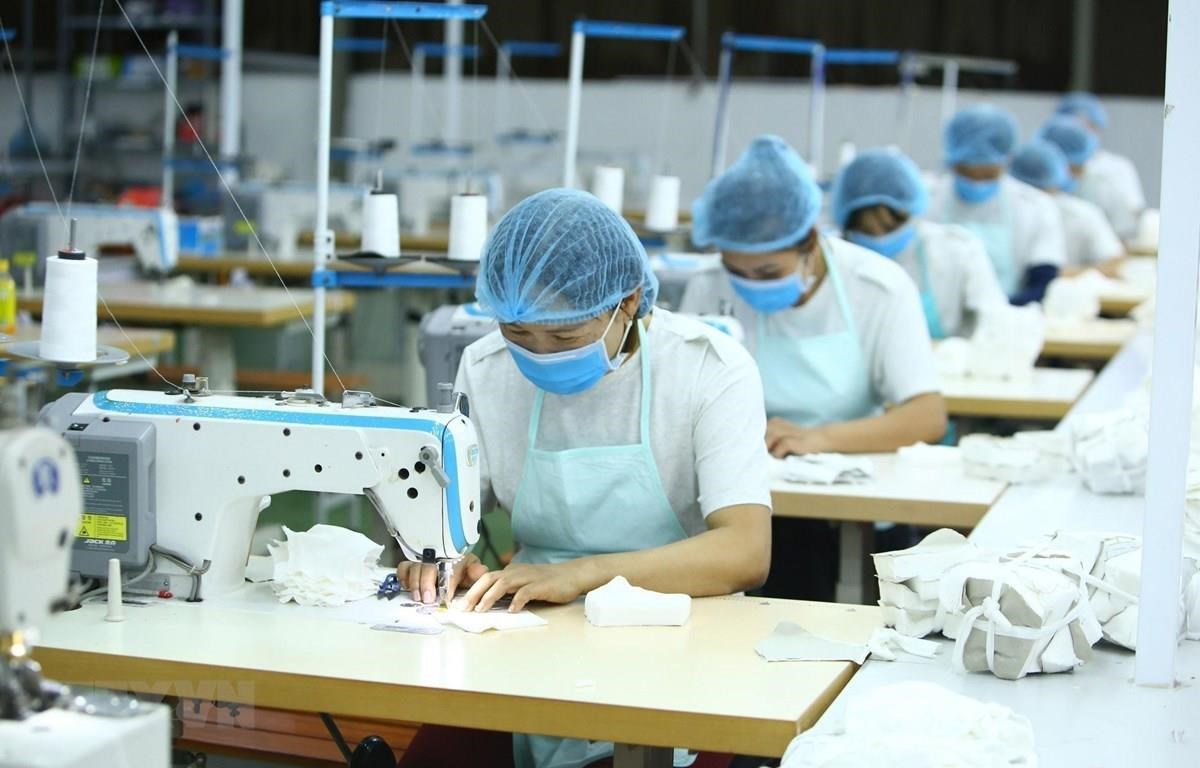
AMRs also provide flexibility and scalability to adapt to seasonal fluctuations in demand. Manufacturers can easily adjust the fleet of AMRs to accommodate increased production needs during peak seasons.
Those industries require efficient management of inventory due to the perishable nature of food products and expiration dates of pharmaceuticals. AMRs can automate inventory tracking, monitor stock levels, and facilitate first-in-first-out (FIFO) rotation to minimize waste and ensure product freshness.
Additionally, AMRs can also handle potentially dangerous substances or perform tasks in sterile environments, reducing the risk of human contamination.

Read this article to see how food company can leverage their production with AMR: Realize fresh storage in supermarkets with automated warehouse and logistics solutions
The automotive industry involves the handling of heavy components, such as engines, transmissions, and chassis. AMRs equipped with lifting mechanisms or robotic arms can autonomously handle and transport these heavy parts, reducing the physical strain on human workers and minimizing the risk of injuries.
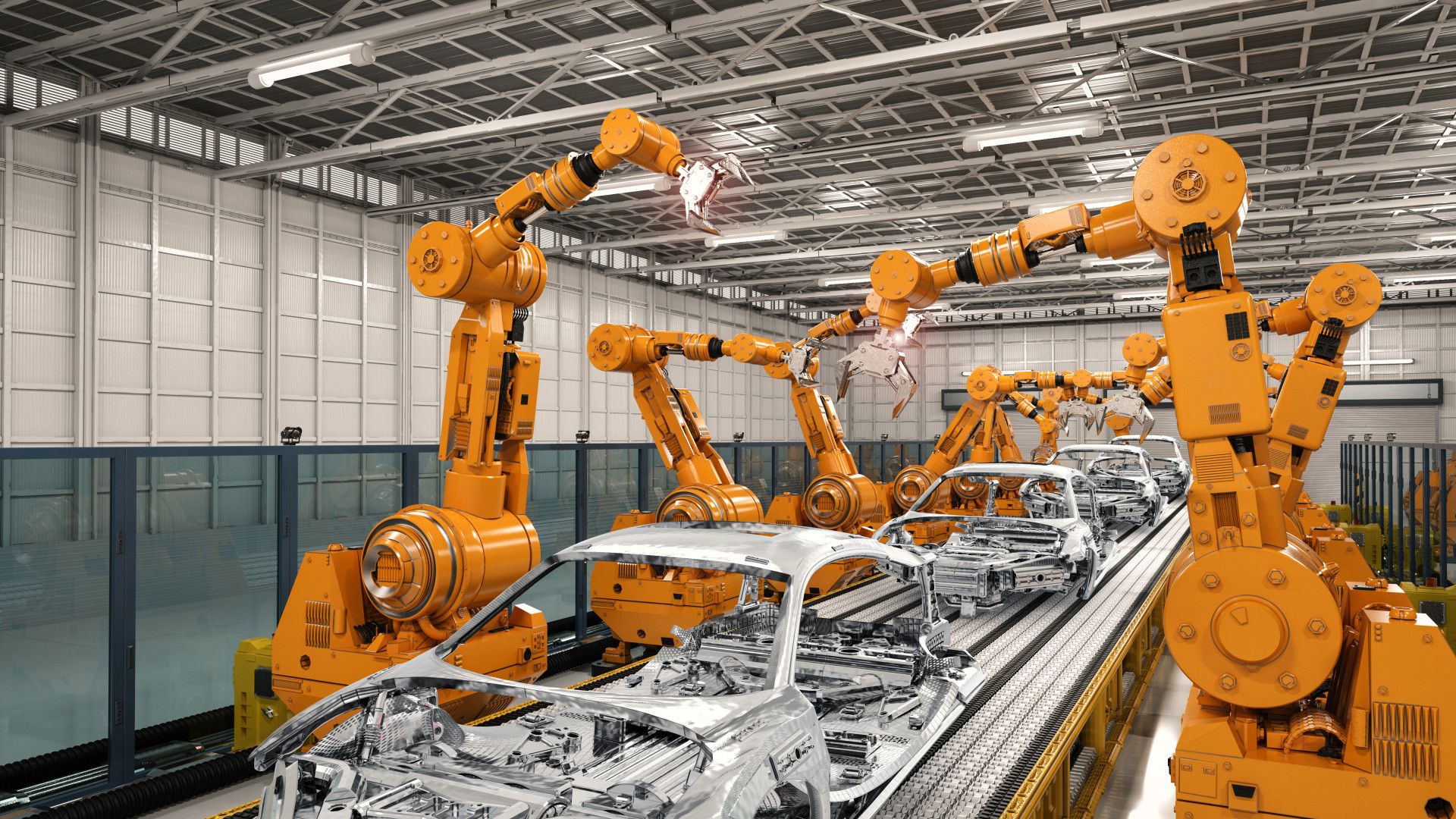
AMRs can also automate logistics tasks within the supply chain, optimizing transportation routes, reducing errors to ensure timely delivery of components and finished vehicles. For example, business can restructure automotive manufacturing by Heavy- duty HULK and Caton transfer BEAST AMR.
Benefits and Challenges of mobile robot
Benefits of AMRs
One of the main advantages of AMR is that they can help business increase productivity and efficiency. Autonomous mobile robots can perform tasks with high precision, speed, and consistency and operate 24/7 without breaks or fatigue.
Another advantage of mobile robot is their ability to work alongside human workers. AMR will take over repetitive, mundane, or physically demanding tasks, allowing humans to focus on more complex and value-added activities that require cognitive skills, creativity, and decision-making. They can also ensure safety at the workplace by performing tasks in hazardous or risky environments, reducing the exposure of human workers to potential dangers.
To gain a deeper understanding of how AMR can ensure safety at the Covid-19 pandemic, read the article: How AMRs have helped society overcome the epidemic.
Cost saving is another key advantage of autonomous mobile robot. While the initial investment in autonomous mobile robots may be significant, they can lead to long-term cost savings. By replacing manual labor, these mobile robots can reduce labor costs, optimize workflows, reduce errors, and minimize downtime, resulting in cost savings over time.
AMR also offer the potential for flexibility and scalability. Autonomous mobile robots can be programmed to perform a wide range of tasks and adapt to changing requirements. This flexibility makes them suitable for various applications, including material handling, inventory management, and even customer service. Autonomous mobile robots can also be easily scaled up or down based on demand.
Finally, AMR robots can contribute to the continuous improvement of business by collecting and analyzing data through sensors and cameras. By leveraging artificial intelligence and machine learning algorithms, these robots can continuously improve their performance and contribute to data-driven decision-making process of manager.
Challenges of AMRs
Integrating autonomous mobile robots into the workforce can come with certain challenges for organizations:
Cost & return on investment (ROI): The initial investment in autonomous mobile robots can be substantial, including the cost of acquiring the robots themselves, implementing supporting infrastructure, and training employees. Organizations need to carefully assess the potential return on investment (ROI) to justify the expense and ensure long-term financial viability.
Integration with Existing Systems: Integrating autonomous mobile robots into existing workflows and systems can be complex. Compatibility issues may arise when connecting robots with other equipment, software, or data management systems. Ensuring seamless integration requires careful planning, coordination, and potentially making adjustments to existing infrastructure.
Workforce Adaptation and Training: Introducing autonomous mobile robots often requires the organization’s workforce to adapt to new technologies and ways of working. Some employees may experience resistance to change or fear that robots will replace their jobs. Providing proper training, communication, and reassurance about the benefits of collaboration can help mitigate these concerns and facilitate a smooth transition.
Maintenance and Technical Support: Autonomous mobile robots require regular maintenance, calibration, and updates to ensure optimal performance. Organizations need to establish robust maintenance processes and have access to technical support when issues arise. This may involve training internal staff or relying on external expertise from the robot manufacturer or service providers.
Challenges of AMRs | Rozitek’s one-stop solution |
Cost & return on investment (ROI) | Offer a comprehensive cost analysis, demonstrating the potential ROI of AMR solutions |
Integration with Existing Systems | Facilitate data exchange to ensures that AMR solutions seamlessly integrate into the existing technology |
Workforce Adaptation and Training | Provide comprehensive workforce adaptation and training programs |
Maintenance and Technical Support | Provide responsive technical support, including remote monitoring and troubleshooting services |
Rozitek provides one-stop solutions that can help businesses overcome the challenges associated with integrating automation solutions. The experts at Rozitek will engage in consultations with businesses to assess the existing workflow, identify pain points, and provide recommendations on how automation can address those challenges effectively. We leverage our expertise and knowledge to tailor the software and hardware components to seamlessly integrate with the existing environment of the business.
After the integration is complete, our experts will conduct training sessions on operating and maintaining the automation software and hardware. We also offer ongoing technical support and maintenance services that involve troubleshooting issues, addressing software updates, and ensuring the smooth operation of the automation system.
Rozitek’s team will continue collaborate with our customer on an ongoing basis to analyze system performance, collect feedback, and suggest enhancements or upgrades to maximize the benefits of automation over time.
Contact us now for a free consultation and successful smart factory testimonials.
Autonomous Mobile Robot (AMRs) Types and Uses
Autonomous Mobile Robots (AMRs) can be categorized into various types based on their form, function, and application. Here are some common types of AMRs:
Forklifts: Autonomous forklifts are equipped with navigation and lifting capabilities, allowing them to handle pallets and heavy loads in warehouses, distribution centers, and industrial settings.
Towing AMRs: These robots are designed to tow or pull carts, trailers, or other mobile platforms within a facility.
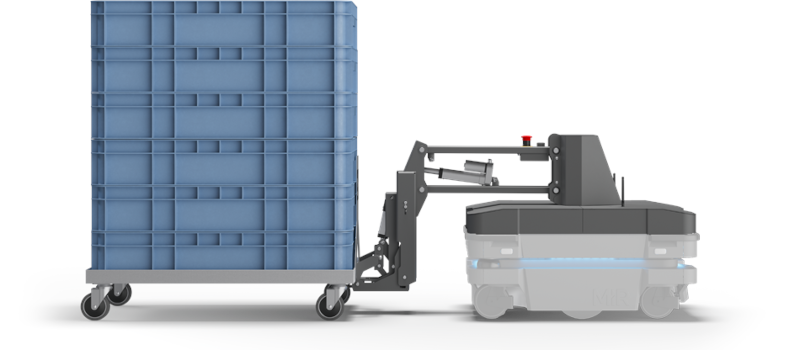
Heavy-Duty Mobile Robots: These robots have robust construction, powerful motors, and sophisticated control systems to handle heavy loads and operate in demanding environments.
Carton Transfer Unit: They can autonomously navigate and transport cartons from one point to another within a facility.
Cobots (Collaborative Robots): Cobots are equipped with sensors and safety features that allow them to operate safely near humans. They are used for tasks that require human-robot collaboration, such as assembly, pick-and-place operations, or quality control in manufacturing.
Underriding Mobile Robot: Underriding mobile robots can operate underneath carts, mobile platforms, or conveyors to move or transport materials that are placed on top of them.
Conveyor Mobile Robot: These robots can autonomously load, unload, or transfer items onto or between conveyors.
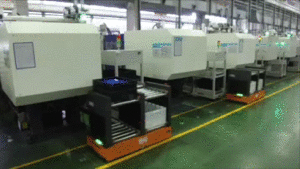
Automated Storage and Retrieval Systems (AS/RS): These robots can autonomously navigate through racks, shelves, or stacks to retrieve or store items. They are commonly used in high-density storage environments to maximize space utilization and streamline order fulfillment processes.
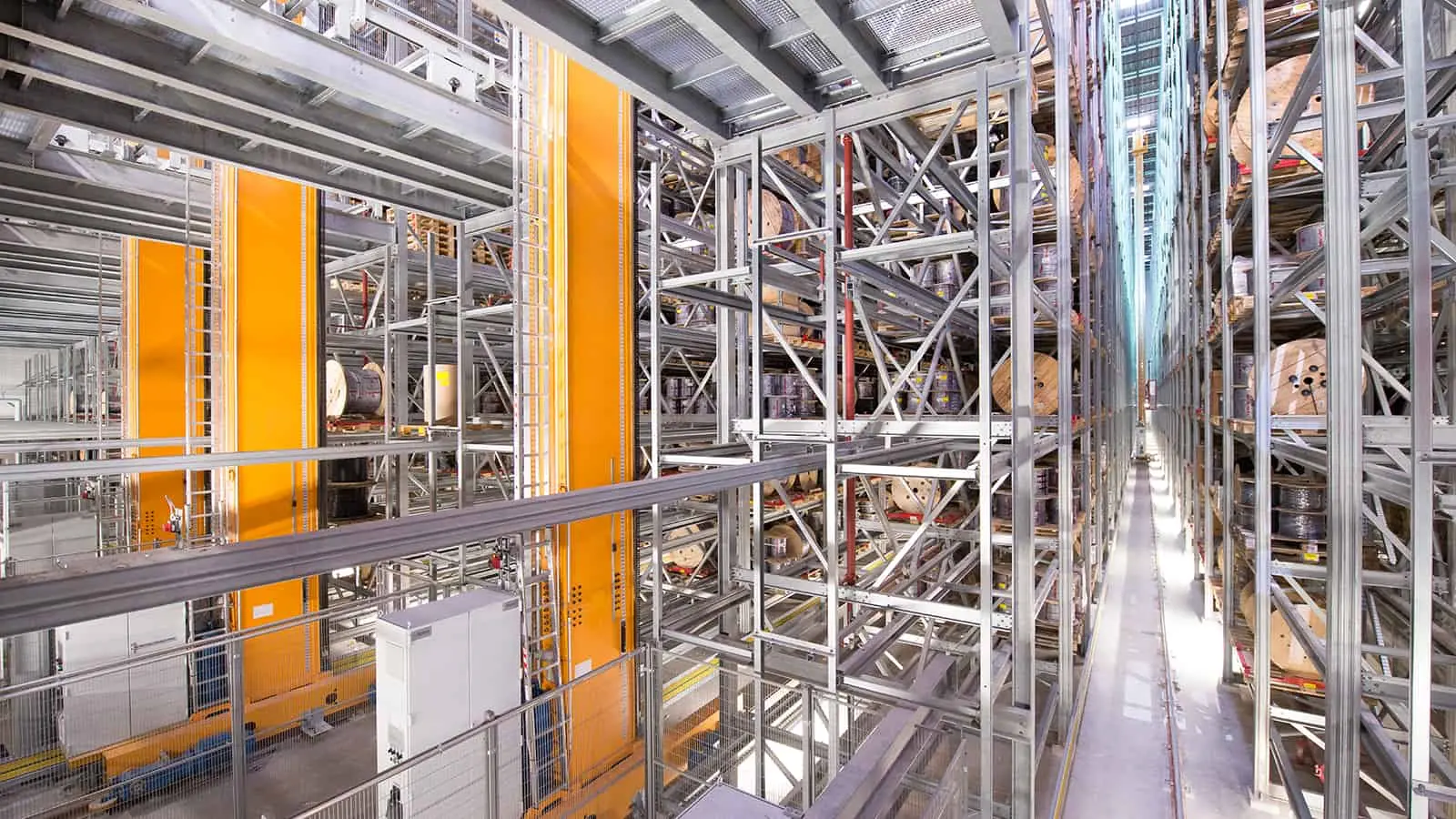
To know about the detail functions and applications of each type, read more at: Autonomous Mobile Robot (AMRs): Types and Uses
Software for autonomous mobile robots
When implementing Autonomous Mobile Robots (AMRs), several software are typically used to enable their functionality and integration within warehouse operations. Most common software are:
Warehouse Management System: A software that helps companies manage and control daily warehouse operations, from the moment goods and materials enter a distribution or fulfillment center until the moment they leave.
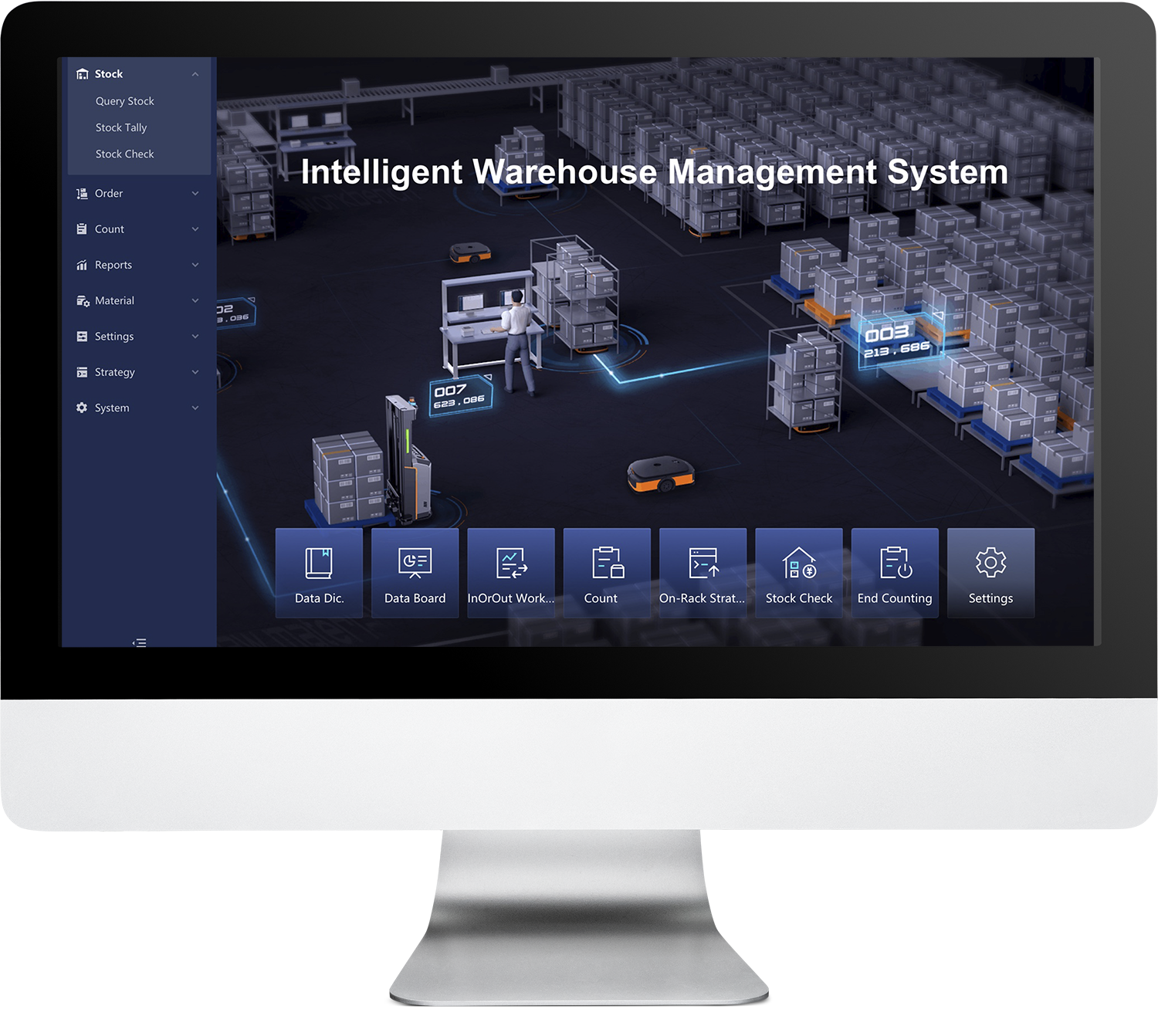
Robot Control System (RCS): RCS is responsible for task scheduling, robot dispatching, operation and maintenance management. Based on various scheduling algorithms, RCS can realize optimal task allocation, multi-robots path planning, traffic management, etc. Scheduling multiple types of robots to work together, maximize efficiency is achievable in different scenarios.

Important steps of the robot deployment
Deploying AMRs involves several key steps to ensure successful integration and operation:
Step 1: Evaluate Current Operations
Step 2: Define Objectives
Step 3: Determine Budget
Step 4: Choose Suitable AMR Robot Applications
Step 5: Choose the Appropriate Supplier
Step 6: Solution Design
Step 7: Test AMR Robots in a Real Factory Setting
Step 8: Calculate Return on Investment (ROI)
Step 9: Price Negotiation and Contract Terms
Step 10: Installation and Training
Step 11: Project Summarizing
Discover our full article here: Steps for Businesses to Start Applying Autonomous Mobile Robots (AMR) in Manufacturing
How to choose a suitable AMR supplier for your business’s automation
Selecting the right supplier is crucial and will largely determine the success of your AMR project. How can you decide which supplier is capable, experienced, offers good technical support, and can provide long-term support?
Consider the evaluation chart below. Quantifying the scores is the most transparent and straightforward way to select the right automation solution provider.

Rozitek’s advantages as a leading automation solution supplier
While some suppliers may solely focus on providing AMRs as standalone products, Rozitek takes the lead in automation with a comprehensive array of solutions designed to address every challenge. Whether you’re taking your first steps or looking to optimize existing processes, our fully integrated solutions ensure seamless operations, solving customer problems at every turn.
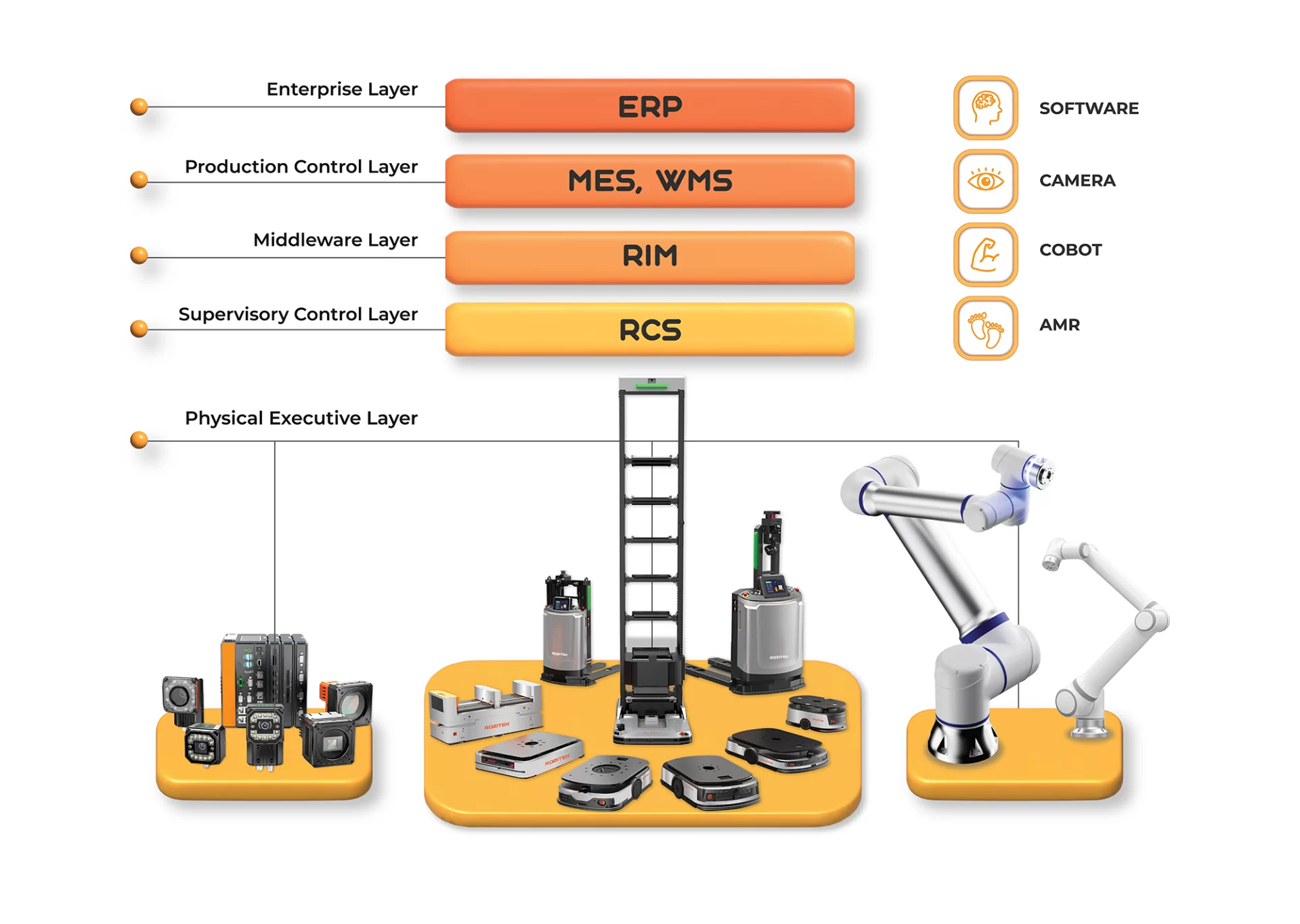
If you’re ready to take the next step towards creating an efficient and smart factory, don’t hesitate to contact us today to schedule a consultation and explore how Rozitek’s solutions can meet your specific needs.
Conclusion
Autonomous Mobile Robot (AMR) has become a valuable asset for businesses across various sectors, they are transforming industries by automating tasks, increasing efficiency, and improving safety. As technology continues to advance, we can expect AMRs to play an even more significant role in shaping the future of automation and robotics. By comprehending the underlying technology of these robots and effectively tackling the associated challenges, businesses can unlock the complete capabilities of AMR robots and maintain their competitiveness in a rapidly changing technological environment.
ROZITEK – INTELLIGENT INTRALOGISTICS SOLUTIONS
Email: info@rozitek.com
Hotline: (+84) 36 918 3998
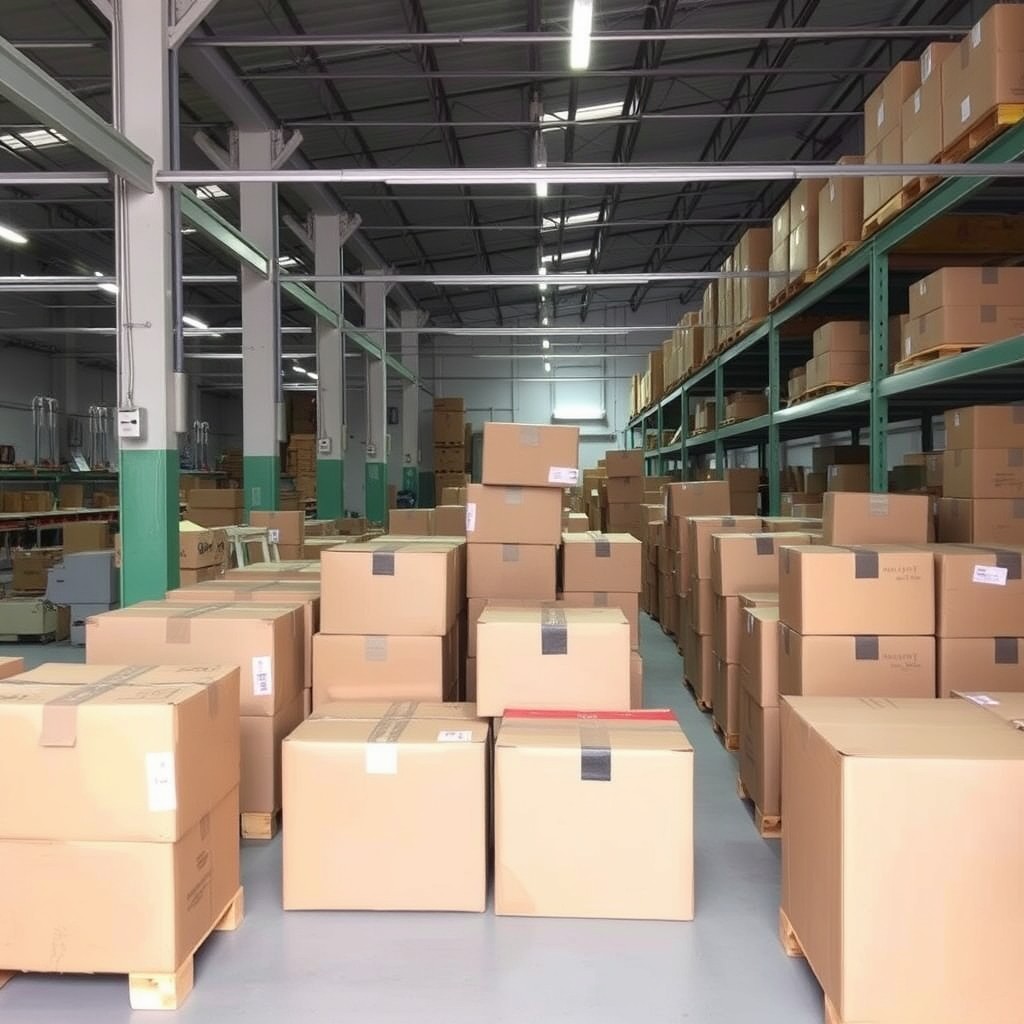
Revolutionizing Warehouses with BEAST ROBOT (CTU) Technology: Optimizing Warehouse Management Efficiency with AGVs and Smart Warehouse
Contents List In the fast-evolving world of warehousing, automation is transforming industries, and one standout innovation is the BEAST ROBOT.

How to Choose the Right AGV System for Your Factory: Rozitek’s Approach
Selecting the ideal Automated Guided Vehicle (AGV) system is crucial for achieving streamlined operations, improved efficiency, and long-term cost savings.

Top 5 Advantages of Using AGVs for Your Factory Operations
Table of Contents 1. Increased Productivity AGVs operate continuously without needing breaks or shifts, making it possible to maintain

